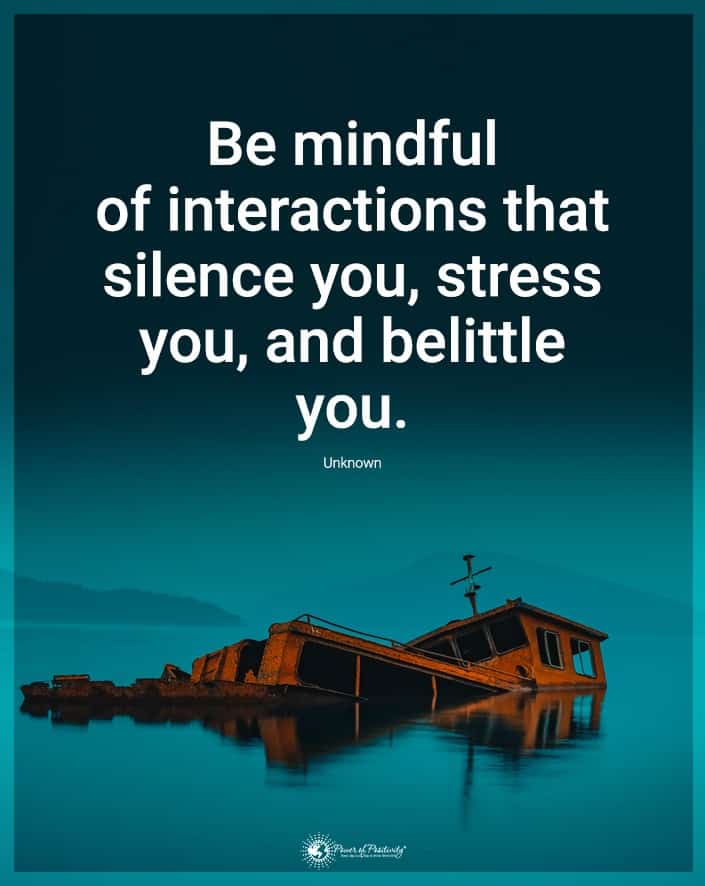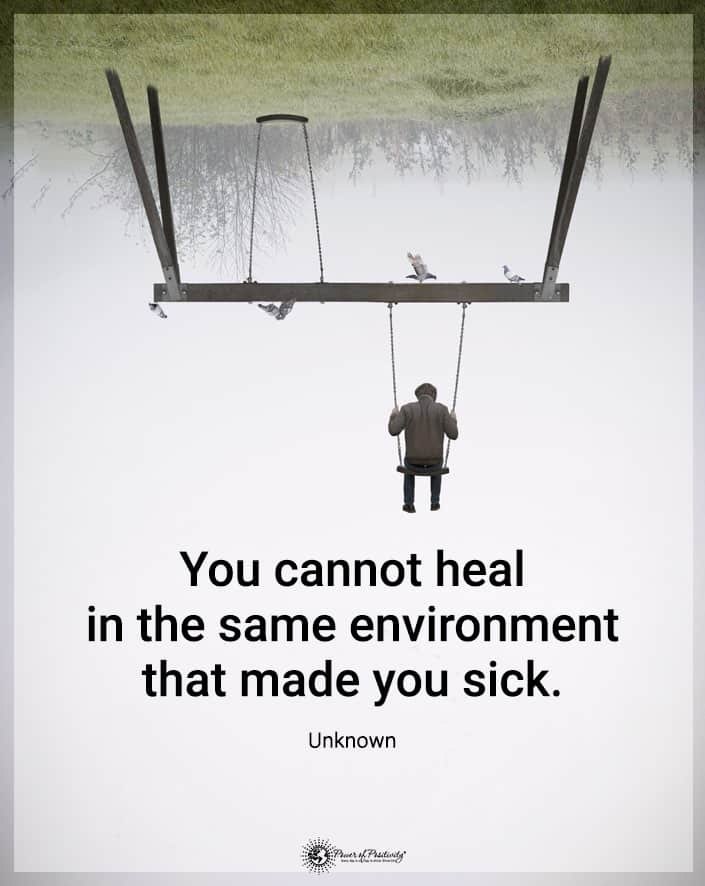PTSD symptoms can be easy to confuse with other mental health disorders, but it always stems from a traumatic event.
The unpredictable nature of life means that you will experience some trauma and grief along the way. PTSD, called shellshock or battle fatigue in past eras, was something that the medical community believed that people in war experienced. According to Health Guide Info, it was discovered in the 1600s by Swiss military physicians. Still, it wasn’t until 1980 that the American Psychological Association declared it an official mental health disorder.
Distressing life events happen to people every day, and some can process and move on from these occurrences better than others. According to the National Library of Medicine, PTSD is simply a condition where the traumatic stress of the past dramatically affects the present. The article states that it can be from a car accident, war, assault, abusive situation, or loss.
Why is it that one person can have a horrific accident and not be phased by it that much? They get back in the car and drive again without issue. However, another individual is afraid to get in the car for years and develops a phobia of being in a vehicle? There’s no rhyme or reason why the brain responds to such things, but there’s a way to get through them with help.
PTSD Symptoms Never to Ignore
The first key to getting treatment for post-traumatic stress is to realize that you have a problem. Post-traumatic stress disorder is a severe condition that affects about six percent of the population at some time during their life, according to the Veteran’s Administration.
Remember, it’s not a sign of weakness to have this condition, but it does indicate that you need help. Here are twelve PTSD symptoms that you should never ignore.
1. Avoidant Behaviors
Remember when you were a child, and your mom told you not to touch the stove? You, like most children, probably felt it anyway. However, you soon learned that it was hot and burnt you.
So, the next time mom was cooking around the stove, you avoided the area. Why did you avoid the stove, even though it was a standard appliance in your home? You associated the stove with pain, so you learned avoidance behaviors. The same thing happens when you have post-traumatic stress disorder.
You will avoid the places, people, and things that remind you of the event. This sign is one of the most troubling PTSD symptoms as you find a way to adjust your life to live with your anxiety, which only makes things much worse.
2. Nightmares Are One of the Most Common PTSD Symptoms
Since PTSD is an anxiety-based condition, you might wake up with nightmares as your fears dominate your subconscious. It’s not uncommon for people with this mental health disturbance to wake up with their heart racing, sweating, and feeling like they’re panicking as they relive the moments when everything in their life changed.
Sadly, there’s no magic pill for your dreams, but you can learn to control your thought with positivity during the day to affect the night hopefully.
3. Hypervigilance
Hypervigilance is a state of increased alertness, and it’s not uncommon for you to experience this arousal after a traumatic event. You feel like you’re always on guard and waiting for impending doom.
There’s a strong link between PTSD and panic disorder, as they both are caused by anxiety. Living in a state of fight or flight can be unbearable.
4. PTSD Symptoms Can Cause Loss of Concentration
If your body is already in a hypervigilant state, it’s no wonder that you can’t concentrate. How can you maintain your focus when you’re trying to keep it together?
Readjusting to life after a traumatic event can be pretty challenging, as you won’t view anything as the same. What happened to you is so powerful that it alters your very state of being.
5. Social Anxiety and Isolation
Your painful memories cause PTSD symptoms to increase. One of the most challenging is social anxiety. You don’t want to go in public, so you choose to isolate yourself. What if you experienced a robbery at a restaurant?
Your mind would be fearful every time you went into an eatery. The chances of the incident happening again are slim, but just the flashback and the anxiety it brings is enough to give you a phobia regarding any association. You find it’s easier to stay in the safety of your four walls than to venture out.
6. Memory Loss Is One of the Lesser Known PTSD Symptoms
Have you ever heard of a mental block? Sometimes the brain tries to protect itself by blocking out events or segments of time surrounding those events. According to the Sage Neuroscience Center, these blocks can be simple things like writing or traumatic experiences.
It’s like your brain short circuits, and the power supply is low for a while. Some people will recover these memories, while others will live with a permanent block.

7. Avoiding Once-loved Activities
PTSD symptoms cause people to avoid things that once brought them so much pleasure. Going to the movies, restaurants, and enjoying a party doesn’t feel the same anymore.
8. Intrusive Thoughts
Dealing with intrusive thoughts is horrible. Anxiety is the great pretender, and it can have you thinking and feeling all sorts of things that aren’t true. One of the PTSD symptoms that are hard to get over is dealing with these annoying thoughts.
For instance, it’s these thoughts that tell you all the reasons why you can never get into a car again after an accident.
9. Traumatic Flashbacks
Linked with traumatic flashbacks is a strong startle reflex. Someone who is constantly remembering their time at warm might shutter if you come up behind them. Their startle reflex, along with flashbacks, transports them back to the time and place where things happened to them.
10. Negative Perception of Yourself and the World
When you consider all the PTSD symptoms, it’s only natural that you might develop a negative perception of yourself and the world around you. When negative things have happened to you, you tend to view the world through skewed lenses. Consequently, you must change your view of yourself and the things around you, as this will only increase and make your depression and anxiety worse.
11. Sleeplessness Is One of the Most Frequent PTSD Symptoms
Sleep doesn’t come easy for those who have suffered any traumatic event. Your mind races, you feel fear, and you’re leery of going to sleep because you may have another nightmare. These are all reasons why people with PTSD can’t go to sleep or stay asleep for long.
12. Moody and Irritable
While it is one of the PTSD symptoms, it can occur for many reasons. When you have high anxiety levels, it’s only typical that you will suffer moodiness and irritability. If you’re not getting enough sleep, isolating yourself, and having chronic anxiety that’s causing you to operate in overdrive, it’s only natural that your mood will be affected.
How to Fix PTSD Symptoms
Wouldn’t it be nice if there was a fix for PTSD symptoms and you could make it all go away? Sadly, there’s no quick fix for such a complex issue. You must come to terms with the traumatic event that happened to you, realize it wasn’t your fault, and move past it.
How do you move past such an occurrence? Well, it’s going to take time and patience. Some people never move past the moment when their life changed, but others find coping mechanisms to help. The first thing you can do is to get a therapist who can help you.
Another advisable route is to join a peer support group. Hearing the stories of others and how they’ve handled such events can be very healing. It counteracts the intrusive thoughts of anxiety that tell you that you’re all alone.
You must realize you’re not alone. There’s a vast network of survivors who’ve encountered things just like you, and they’ve overcome. This should give you hope to know that you too can overcome whatever has come your way.
Another thing to so consider is your mindset. If you dwell on negativity all day long, then you’re not going to have enough positivity in you to conquer these demons. You must use positive affirmations like “I will get better” and “I won’t let my traumatic event define me.”
The rehabilitation centers across this country are full of people who don’t know how to cope with their distress. Rather than using the available positive routes, they chose to handle the pain the only way they knew how. Now, they have an addiction to add to the other circumstances beyond their control.

Final Thoughts on Understanding Why You Should Never Ignore These PTSD Symptoms
There is a strong connection between trauma and mental illness. However, you can fully recover and have a good life. If necessary, you need a sound support system, a well-trained counselor versed in PTSD, and be open to some radical treatments like hypnosis.
Being proactive in your healing will put you in a better place. The last thing you want to do is try to self-medicate the pain away, as there’s another way and folks who want to help.



















